Don’t Plant Out Your Salvia Until You’ve Considered These Options From Gardeners


Elizabeth is a Permaculture Garden Designer, Sustainability Consultant and Professional Writer, working as an advocate for positive change. She graduated from the University of St. Andrews with an MA in English and Philosophy and obtained a Diploma in Applied Permaculture Design from the Permaculture Association.
Reviewed By COLIN SKELLY

Colin is a Horticulturist and Horticultural Consultant with experience in a range of practical and managerial roles across heritage, commercial and public horticulture. He holds the Royal Horticultural Society’s Master of Horticulture award and has a particular interest in horticultural ecology and naturalistic planting for habitat and climate resilience.
Contributions From EMILY CUPIT

Emily is a Gardening Writer, Photographer and Videographer from Derbyshire, UK. She is the Founder of Emily's Green Diary - a community of more than 75,000 people who share in her gardening journey.
IN THIS GUIDE
Sage, Salvia officinalis, is an incredibly useful aromatic herb that can be used in your kitchen and as a companion plant in your garden in a range of different ways.
While sage can be grown from seed or from cuttings, it is most commonly purchased as a ready-grown plant from a garden centre or plant nursery.
If you have purchased or newly propagated a sage plant, you will need to know how to plant it out once you get it home.
Luckily, this guide explains everything you need to know…
When To Plant Salvia
The best time to plant salvia (sage) in your garden is between March and May.
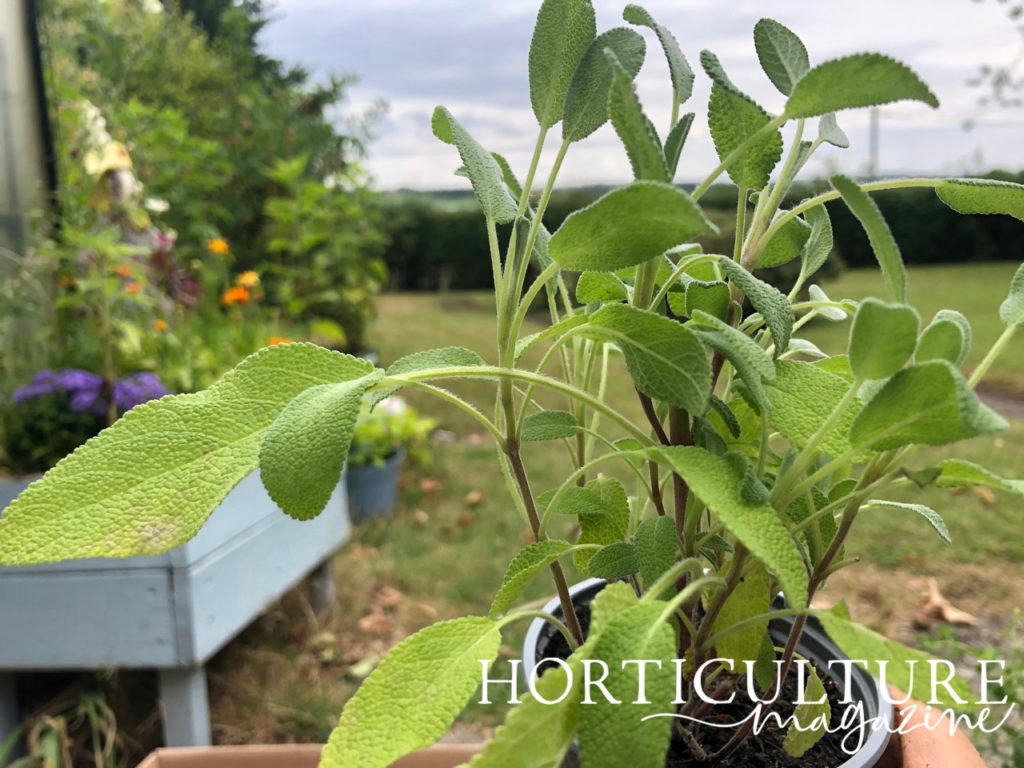
However, if you plan on growing it indoors in a container, you can plant it at any time into a more permanent pot than the one in which it came.
Where To Plant
Sage can be planted in a range of different locations, as long as it gets full sun and enjoys reasonably moist, fertile yet free-draining conditions.
You might consider growing sage:
- In containers inside year-round.
- In containers outside in your garden.
- In a dedicated herb garden growing area.
- In a mixed bed or border with other perennial herbs and ornamental flowers.
- As a companion plant in your vegetable garden.
If you are growing sage in a container, then this should be filled with peat-free soil-based compost.
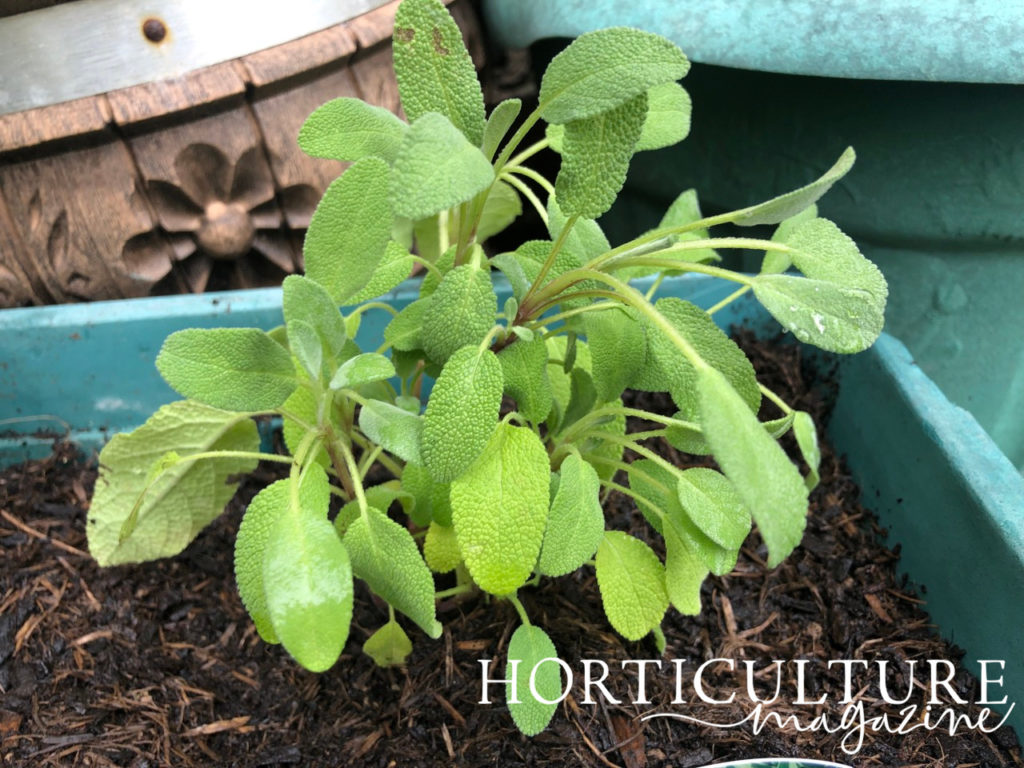
If you are growing sage in a raised bed or in the ground, ensure that it is in a sheltered spot in full sun with protection from strong winds.
In most areas, the plant will need to be offered some protection over the coldest part of the year, so bear this in mind when thinking about where to grow it.
How To Plant Out Sage
Choose and purchase a sage plant or grow your own from seed.
Prepare the container and growing medium, or the area where the sage is to grow by adding a top dressing of homemade compost or other organic matter.
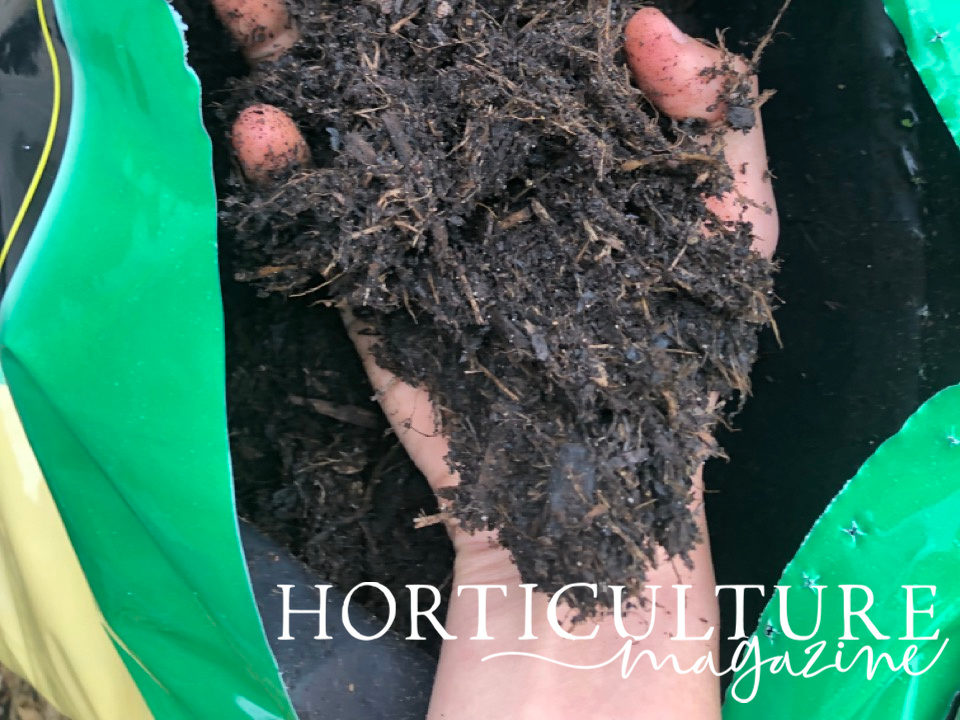
Dig a hole large enough to accommodate the roots of the plant or place a little peat-free soil-based compost in the base of your container.
Take the plant from its existing pot and place it into the hole or new container.
“If a plant is pot-bound, I always gently tease the roots out to ensure that the roots start to explore the surrounding soil rather than continue to grow as a tight mass,” says Colin Skelly, a Horticultural Consultant.
“For herbs grown outside, I always add a couple of handfuls of grit into the planting hole just to increase the drainage around the starting root zone.”
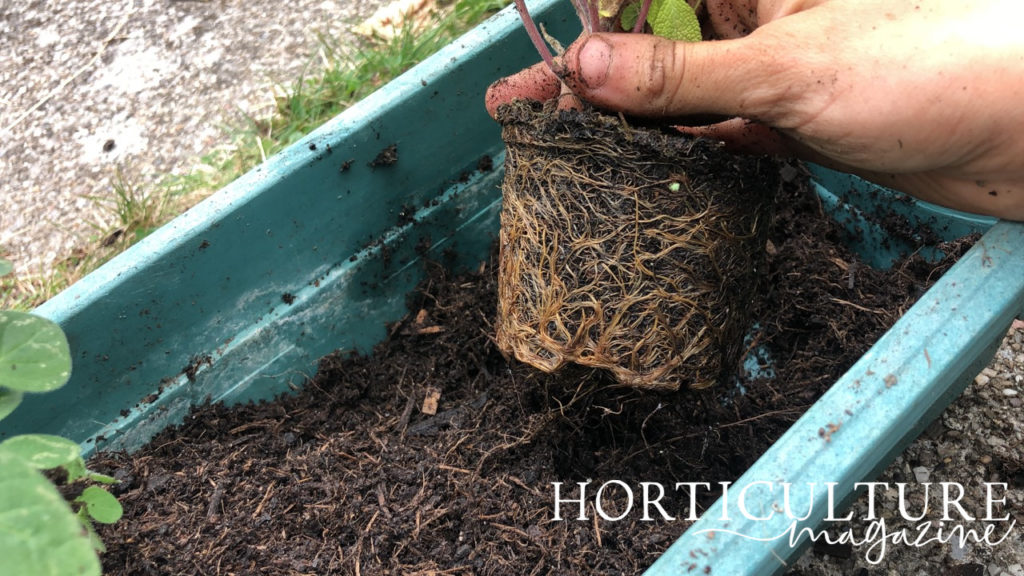
Fill in the soil or growing medium around the plant, firming it gently into place.
Water it in well, but make sure that there is very good drainage and that excess water can drain away freely.
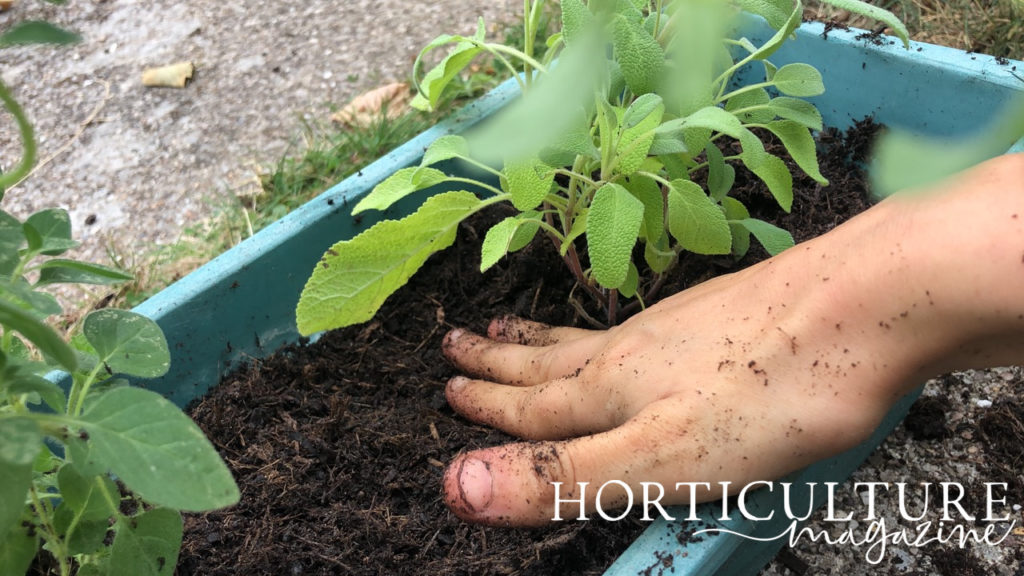
This simple process should allow you to enjoy sage that you will be able to harvest in the summer of the same year.
Sage is evergreen and leaves can be picked at any time through the year, but I think that the flavour is best in summer.
